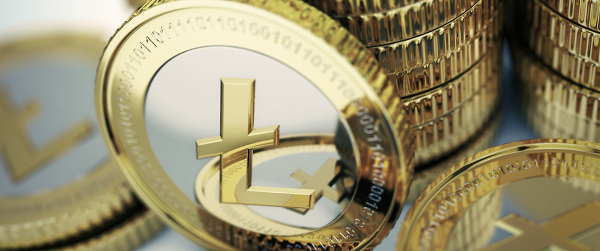
Litecoin is an alternative currency, a cryptocurrency that is based on the Bitcoin. It enables instant payments and can be mined with consumer-grade hardware.
The currency was released via an open-source client on GitHub on October 7, 2011, by former Google employee Charles Lee, two years after the release of the Bitcoin. It was created to be more accessible than Bitcoin, and to try and provide a mining algorithm that could run at the same time, on the same hardware used to mine bitcoins, so as not to compete.
The currency has been described as the silver to Bitcoin’s gold.
Litecoins can be mined using GPUs (graphics processing units) and use a memory-hard, scrypt-based mining proof-of-work algorithm to target the regular computers and GPUs most people already have.
Litecoins, like Bitcoins, are produced by ‘mining’, which involves computers using processing power to solve difficult equations. Once a person, or a group of people, have solved the equation, they successfully ‘mined’ Litecoins.
Similar to Bitcoin, it has an amount cap to ensure that the market does not get over-saturated. The Litecoin network is expected to produce 84 million currency units, compared to Bitcoin that will only create 21 million units which is expected to hit its limit around 2040.
One Litecoin is currently worth $15.39, so it is the much more affordable alternative currency to Bitcoin, which is worth £621.80 at the time of going to press.
Not only can Litecoins be used as an instant payment method but they can also be traded on open markets and used to make investments.
Litecoin provides faster transaction confirmations at 2.5 minutes on average, compared to Bitcoin’s confirmations which take around 10 minutes.
It is predicted that one day Litecoin will take on Bitcoin as the leader in cryptocurrency, as the latter is fast becoming too expensive for the mainstream, so Litecoin is seen as the more affordable alternative.






